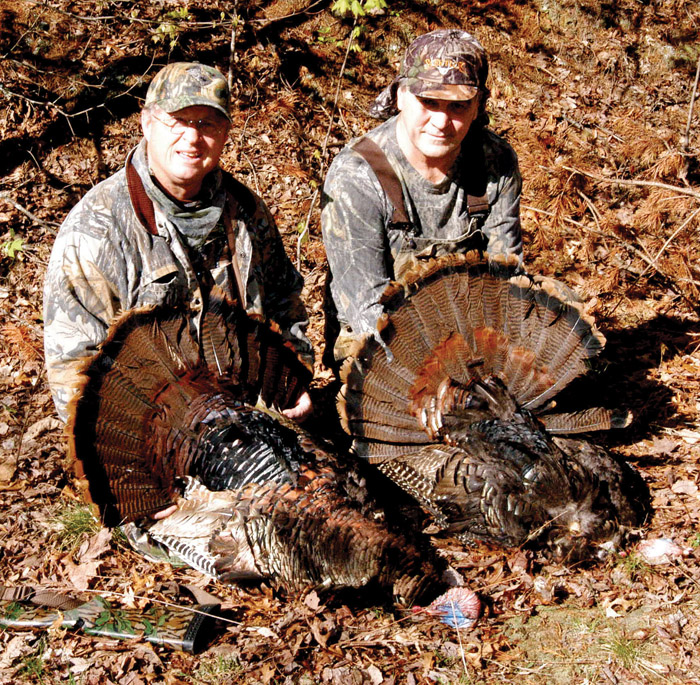Biologists observe increasing cases of hemorrhagic disease in western North Carolina
Published 12:00 am Thursday, August 30, 2012
The virus that causes epizootic hemorrhagic disease (EHD) is not contagious to humans, dogs, cats or other domestic pets. The virus can be contracted by other ruminants such as cows and sheep; however, it typically does not cause any symptoms in these animals and poses no risk. A similar virus called blue tongue (BT) also affects deer and it does have some minimal effects on cows and potentially greater effects on sheep.
All of the affected deer sampled in western North Carolina to date were infected with the EHD virus. None tested positive for BT virus. The threat to cattle or sheep is negligible, according to Commission biologists. Concerned livestock owners should consult with local veterinarians for more information.
HD occurs somewhere in North Carolina each year, most often in the Coastal Plain region. The last major outbreak in the state was in 2007. In years of severe HD outbreaks, deer mortality in some local areas was often as high as 30 percent. However, in most cases, mortality is much lower.
To report sightings of dead or dying deer, contact the Division of Wildlife Management at 919-707-0050 or wrccomments@ncwildlife.org.
When people report sightings, they help Commission biologists pinpoint the areas of the state where outbreaks are occurring and the extent of those outbreaks. Reports of sick or freshly dead deer give biologists opportunities to collect tissue and blood samples for virus isolation by veterinarians at the Southeastern Cooperative Wildlife Disease Study in Athens, Ga. Reported occurrences are summarized annually and sent to the Southeastern Cooperative where the occurrence and outbreak extent is monitored collectively for all states.
Because the disease cannot spread to humans, hunters should not worry about dressing deer or eating venison. Deer that recover from an episode of HD develop immunity to future outbreaks.




